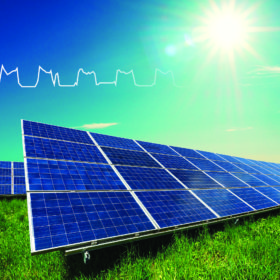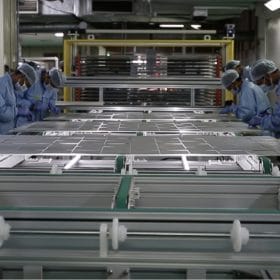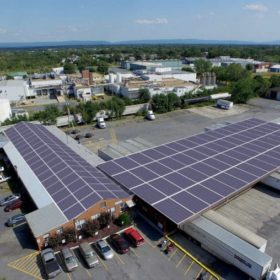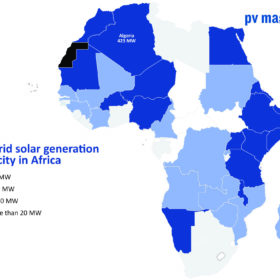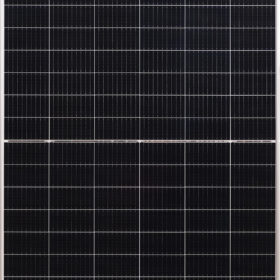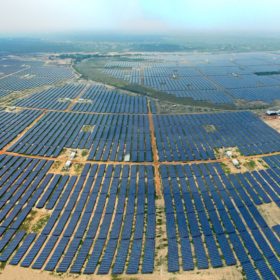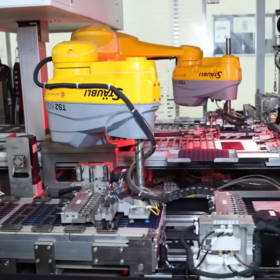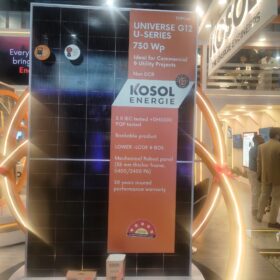India, Russia to fund joint R&D in clean energy
India’s Department of Science & Technology and the Russian Science Foundation (RSF) have launched a collaborative funding program for Indian and Russian researchers to jointly research clean energy, new materials, and smart transport.
Websol Energy Systems posts 1,542% jump in net profit for FY 2020-21
The Kolkata-based solar manufacturer recorded an INR 67.83-crore net profit for FY 2020-21, against INR 4.13 crore in the previous fiscal year.
Lead-free perovskite solar cell with potential efficiency of 27.4%
Scientists in India have simulated a perovskite cell based on methylammonium tin iodide which they claim may achieve a short circuit current density of 25.97 mA per square centimeter, an open-circuit voltage of 1.203 V, and a fill factor of 87.79%. The cell is composed of a fluorine-doped tin oxide (FTO) substrate, a titanium oxide layer, a methylammonium tin iodide perovskite film, a copper oxide hole transport layer (HTL), and a layer made of gold (Au).
Bridge To India lowers Q2 solar outlook by 43% due to Covid
The analysts have revised their estimate for utility-scale solar addition in the April-May-June period to 1,350 MW, as against 2,350 MW expected earlier.
Visaka forays into solar-powered EV charging business
Telangana-based Visaka Industries will set up electric vehicle (EV) charging stations powered by its ATUM integrated solar roof. According to the company, the ATUM solar roof, with PV panels integrated on cement boards, can generate 40% more clean power in the same given space than any other solar solution.
Covid adds to solar manufacturer woes
A pandemic-related sales slump has dealt another blow to domestic panel makers already faced with rising input costs and an expected surge in imports due to the scheduled wind down of safeguarding duties on foreign products from late July.
Rising hardware costs slow Covid recovery for off-grid solar sales
The global off-grid solar appliance market began an uneven recovery from the worst ravages of the global pandemic in the second half of last year, according to market body GOGLA, but more finance and policy support must be made available to have any chance of achieving universal electricity access this decade.
Vikram Solar top PVEL performer for third consecutive year
The Indian solar manufacturer’s Series 6 module exceeded the international quality and performance benchmarks in testing under PV Evolution Labs’ Product Qualification Program.
Indian solar glass maker’s revenues soared 85.4% in FY2020-21
Despite a Covid-hit first quarter, Borosil Renewables registered a strong growth in annual revenues driven by record sales and high price realizations in the fourth quarter.
India deployed 2.05 GW solar in first three months of CY2021
Solar installation surged in the first quarter of 2021, with developers completing their delayed projects from last year.
